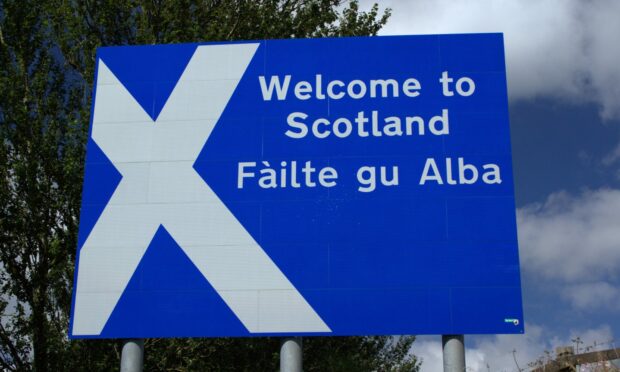A new website will allow people access to the extraordinary history of the Gaelic language and culture.
Stòrlann Nàiseanta na Gàidhlig, which produces Gaelic educational materials, has launched a new website providing resources for teachers and learners on the history of Gaelic.
Gàidhlig ann an Alba, or Gaelic in Scotland, went live last year and has so far recorded more than 20,000 downloads, with positive feedback received from educators based as far away as Canada.
Stòrlann is announcing the launch of this website during Seachdain na Gàidhlig, World Gaelic Week, the annual global celebration of Gaelic.
Gaelic is a huge part of Scottish culture
Teachers can use the site to inform planning, enhance learning and supplement classroom teaching, with the content aimed at primary school age pupils, between P4 and P7.
https://t.co/fwPn6l023p
Làrach-lìn a’ toirt cothrom do sgoilearan faighinn a-mach mun Ghàidhlig thar nan linntean, bho àm Cholm Chille gu deireadh a’ Chiad Chogaidh.#SeachdainNaGàidhlig #Gáidhlig #cleachdi pic.twitter.com/38QDBgAhI0— Stòrlann Nàiseanta (@Storlann) February 22, 2023
Presented as a simple record of history, knowledge, culture and heritage, in the form of pages and downloadable PDF documents, the website helps learners understand the origins of the Gaelic language, why indigenous languages matter, and why efforts are now being made to maintain, revitalise and promote them.
Stòrlann’s chief executive, Donald Morrison, said: “Gàidhlig is intrinsic to Scottish culture and opens a door to associated beliefs, customs, values, story and song. This new Stòrlann resource for Gaelic learners provides an excellent starting point for those wishing to explore the varied elements that feature in the story of Gaelic in Scotland.”
The site aims to help learners construct a timeline of lives, events and periods in history.
Information is documented across a range of sub-topics, all of which provide clues about how past events, such as the abolition of the clan system, the influence of Queen Margaret, the effects of the Clearances on Highland communities and the orders of the Statutes of Iona, affected Gaelic usage over the years.
The range of sub-topics covered within the website will help learners to sequence events and understand developments in time and through time, when it happened, what happened and how things changed or stayed the same.
Developed in-house by the team at Stòrlann Nàiseanta na Gàidhlig, the website includes charming original artwork by children’s illustrator Darren Gate.
Historical projects
Topics covered within the website allow for the study of a range of historical projects, with links to common topics visited by classes, to understand and make comparisons with Scotland’s past, such as the Vikings and the Jacobites, and to shorter, more topical events such as Scotland’s Census and the International Day of the World’s Indigenous Peoples.
It facilitates quick and ready-to-use information that can be accessed by learners for personal research, or by teachers to create differentiated resources for their own classes. How it is used will be determined by individual teachers, based on the needs and interests of the class.
Education Secretary Shirley-Anne Somerville, has praised Gàidhlig ann an Alba.
She said: “This attractive site contains a wealth of material in Gaelic and English on the heritage and culture of Gaelic in Scotland. I am sure this will be widely used in our schools.”


Conversation